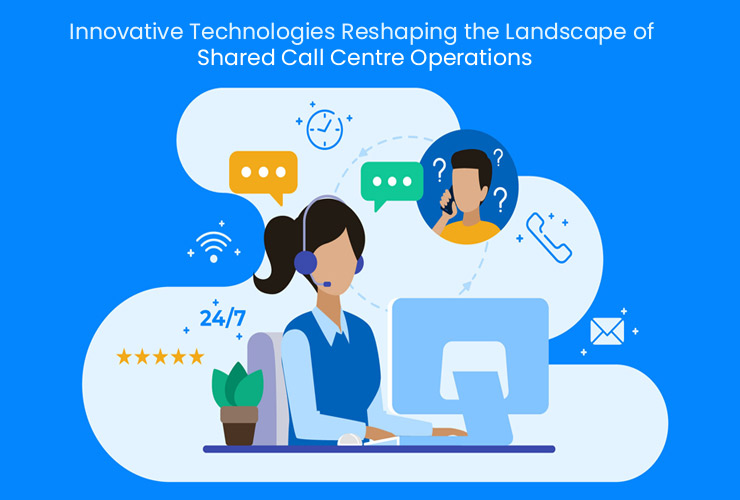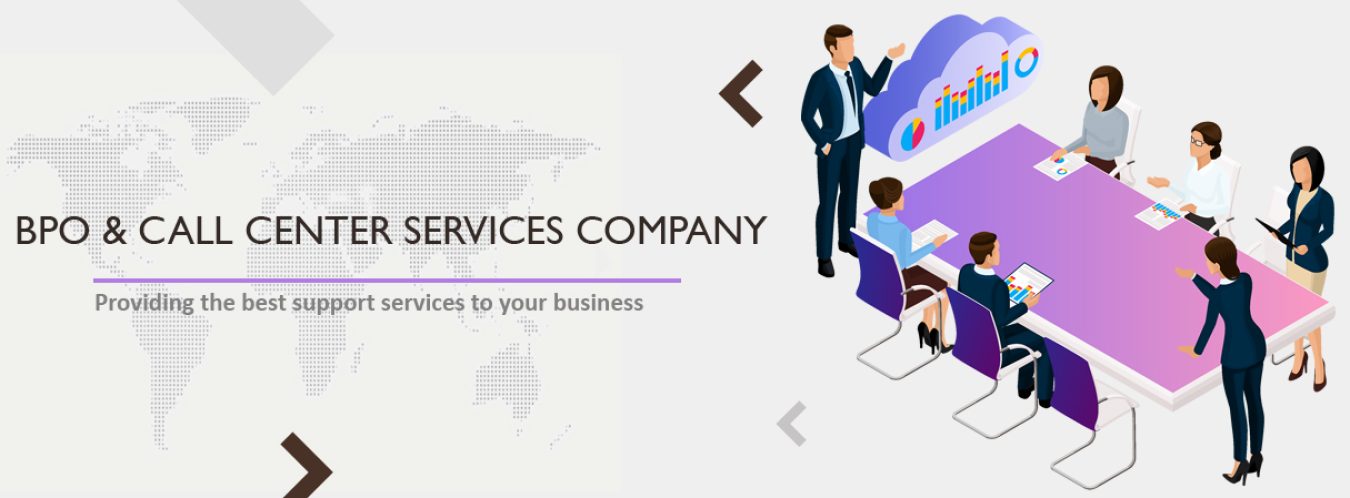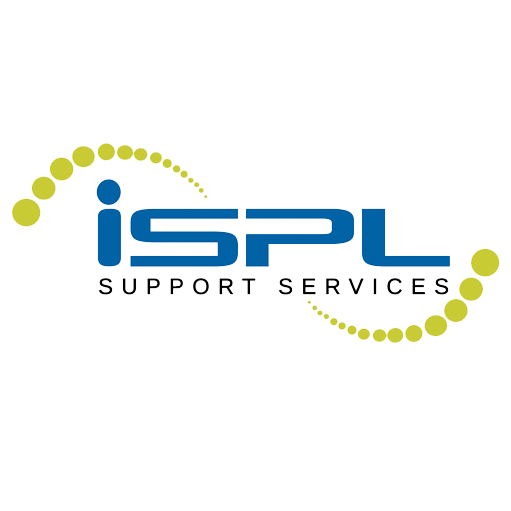Shared call center operations are entering a new era of transformation. These developments seek to improve the customer experience, increase efficiency and streamline communication channels.

Here are some innovative technologies reshaping the shared call center landscape:
1. Artificial Intelligence (AI) and Machine Learning:
Chat bots and Virtual Assistants: Routine queries are handled by AI-powered chat bots and virtual assistants, leaving human agents free to focus on more demanding tasks. These technologies have instant responses, are more effective and responsive.
Predictive Analytics: Analyzing historical data with machine learning algorithms allows prediction of customer behavior, allowing problems to be solved preventively and strategies customized for individuals.
2. Voice Recognition and Natural Language Processing (NLP):
Voice Biometrics: Voice recognition also makes for more secure authentication and identification procedures.
NLP for Sentiment Analysis: Sentiment went through the process of analyzing customer sentiments. By understanding customers ’emotions, you can respond in a more empathetic and personalized manner.
3. Cloud-Based Contact Center Solutions:
Scalability: Cloud-based solutions, meanwhile, provide flexibility and scalability. With a cloud solution in place call centers can easily adapt to changing active or idle states of workers based on incident volumes or business needs during different times of the day (Ibid).
Remote Work Enablement: The cloud also allows agents to work from anywhere. Flexibility and continuity are thus enhanced in operations.
4. Omni-Channel Communication:
Unified Communication Platforms: A unified platform integrating voice, video, chat and email enables both agents as well as customers to have a smooth experience across channels.
Cross-Channel Data Sync: Agents get a customer’s multi-channel interaction history, so they don ‘t lose the thread.
5. Robotic Process Automation (RPA):
Automated Repetitive Tasks: RPA takes on routine, rule-based tasks, relieving agents and reducing errors. This frees agents to concentrate on more sophisticated and valuable operations.
Process Optimization: Backend processes can be simplified through RPA, increasing overall efficiency and reducing average handling times.
6. Video Calling and Co-Browsing:
Visual Assistance: In industries where visual information is important–such as technical support or healthcare –agents can provide visual assistance with video calls.
Co-Browsing: Agents can co-browse with customers, guiding them through websites or applications. This makes it easier to resolve issues and drastically reduces frustration for both sides.
7. Augmented Reality (AR) and Virtual Reality (VR):
Remote Assistance: AR and VR technologies enable remote guidance, in which agents can help customers run through the troubleshooting process by overlaying instructions on what they see or taking them into a simulated world.
Training Simulations: Training simulations using virtual reality allow agents to have experience dealing with complicated scenarios in a computer-generated world.
8. Block chain for Security and Transparency:
Data Security: Block chain technology improves data security with a decentralized, immutable ledger that provides customers peace of mind and protection.
Transaction Transparency: Block chain allows customer interactions to be recorded in a transparent and auditable way, improving trust.
9. 5G Technology:
High-Speed Connectivity: 5G rollout means better connectivity and faster data transfer, reducing delay in voice or video communications.
Enhanced Customer Experience: A lot faster data speeds helps to smoother and more immersive customer experience in video interaction.
10. Customer Journey Analytics:
End-to-End Visibility: Advanced analytics tools can reveal to organizations how customers move through the entire customer journey, from touch point and pull point all the way up to opportunity for improvement.
Personalization Opportunities: Through data-driven analytics, companies can get to know their customers’ personal preferences and track customer behavior.
Shared call centre operations with these modern technologies increases efficiency, customer satisfaction, and the flexible responsiveness of services. On the other hand, these technologies must be carefully integrated with consideration given to customers ‘and agents’ individual needs and preferences. Continuous monitoring, training and development will help you better deal with the changing environment for shared call centers.
If you wish to outsource your business call centre services at low cost, please contact us at https://www.isplchennai.com/contact

